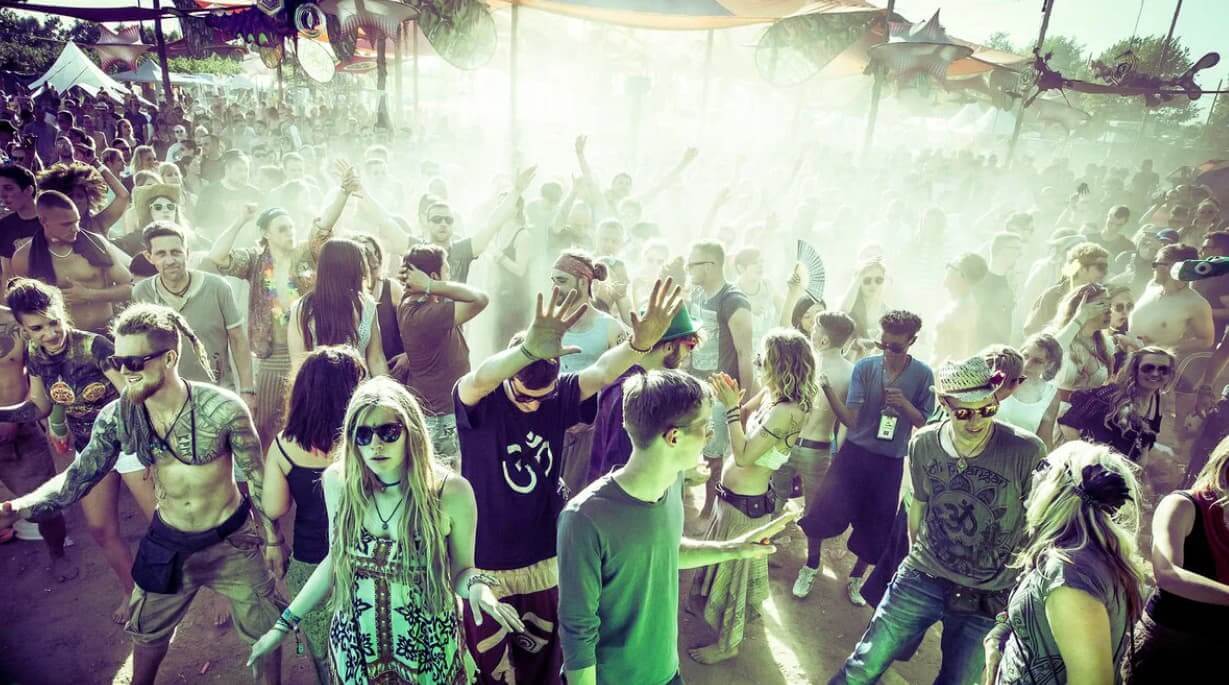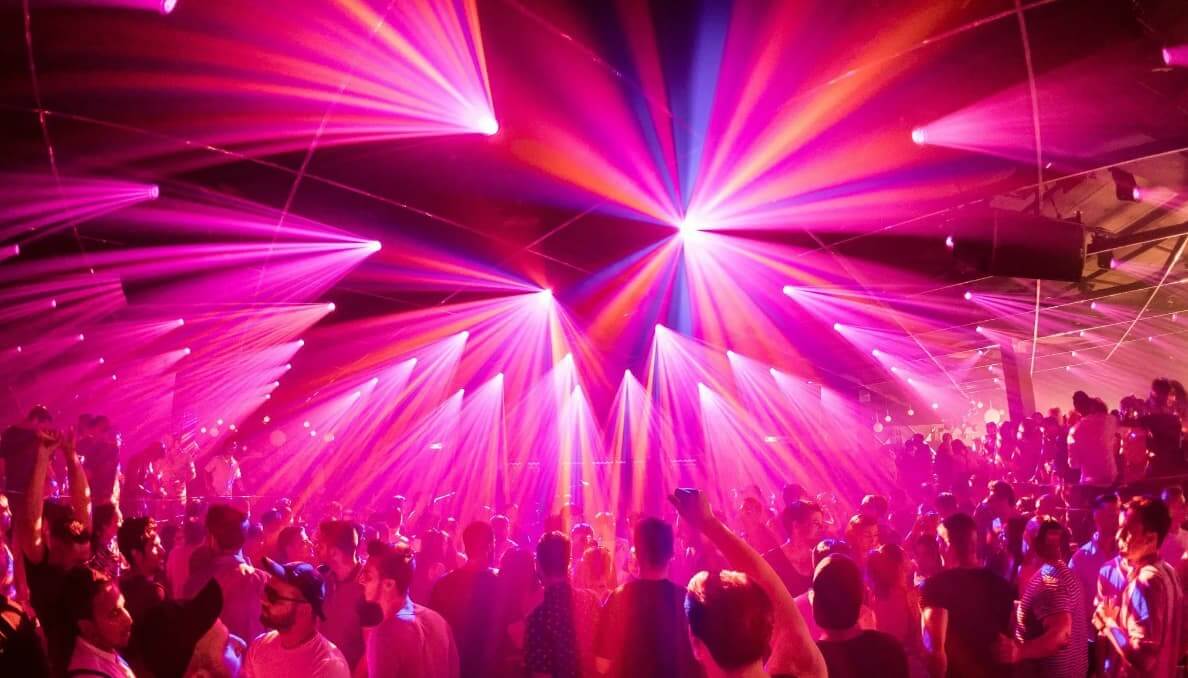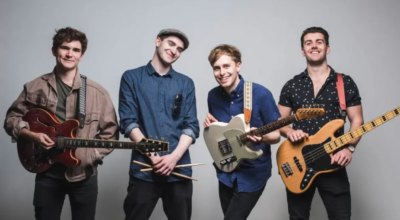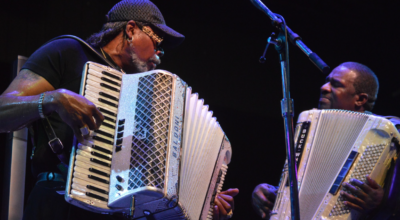Psytrance, also known as psychedelic trance, is a style of electronic music that emerged in the mid-1990s as a distinct movement from Goa trance and reached its peak popularity between 1997 and 1999.
Origins and Characteristics of the Psytrance Music Style
The term “trance” gained widespread recognition in 1992, describing melodic electronic music that diverged from the aggressive beats of techno.
Trance offers a lighter rhythm and an airy atmosphere, akin to gazing into distant blue vistas, compared to the dense, forceful sound of techno. It evolved as an innovative form of pop music, with its peak coinciding with techno’s rise in the early 1990s. Trance, essentially, is New Age music with a faster tempo.

The Manipulation of Sound
Psytrance employs intricate sound manipulation techniques, including distortion, filtering, harmonic shifts, echo effects, and more, creating a distinct psychedelic quality that sets it apart from other electronic dance genres. These techniques, facilitated by specialized computer programs, contribute to the genre’s unique sonic landscape.
Typical Sounds of the Psychedelic Scene
TR 909 – Percussion Drum
Central to psytrance is percussion, with the Roland TR 909 drum machine playing a pivotal role. Most trance artists utilize samples from the TR 909 or other vintage drum machines due to their scarcity.
Additionally, the Roland TB 303 synthesizer, renowned for its acid sounds, has left an indelible mark on psytrance, shaping its characteristic noises, sirens, squelches, and screeches.

Similar Genres
PsyChill
Also known as Psybient, this sub-genre offers slower dance beats, typically averaging under 100 beats per minute. Despite the slower tempo, it maintains a subtle yet psychedelic ambiance that captivates listeners. Notable projects in this genre include Shpongle, Solar Fields, and Carbon Based Lifeforms.
Goa-Trance
Considered a cornerstone of the psychedelic scene, Goa-Trance originated in the early days of the genre. With an average tempo ranging between 135 and 140 beats per minute, Goa-Trance tracks often evoke the sensation of traversing through winding pathways. While the early sounds of Goa-Trance may be experimental and meditative, an excellent starting point is the album “Trust in Trance” by the revered Israeli group Astral Projection.
Progressive Psytrance
This subgenre emerged from the collaborative efforts of artists from Serbia, Macedonia, and Israel in the late 2000s. It seeks to return to the genre’s roots while incorporating innovative techniques to produce complex and atmospheric sounds. Drawing from successful musical developments of recent decades, Progressive Psytrance offers compositions that are both intricate and captivating.
Dark Psytrance
Originating in Russia in the late 1990s, Dark Psytrance diverges significantly from the conventional canons of the genre. Unlike its counterparts, which frequently explore themes of enlightenment and consciousness expansion, Dark Psytrance delves into the realms of unpleasant trips, nightmares, and mental illness.
Musically inspired by genres like black metal and dark electro, this subgenre was pioneered by Russian groups such as Fungus Funk, Transdriver, KinDzaDza, and Psykovsky. Notably, South America and nations formerly part of Yugoslavia harbor significant fan bases for Dark Psytrance.

